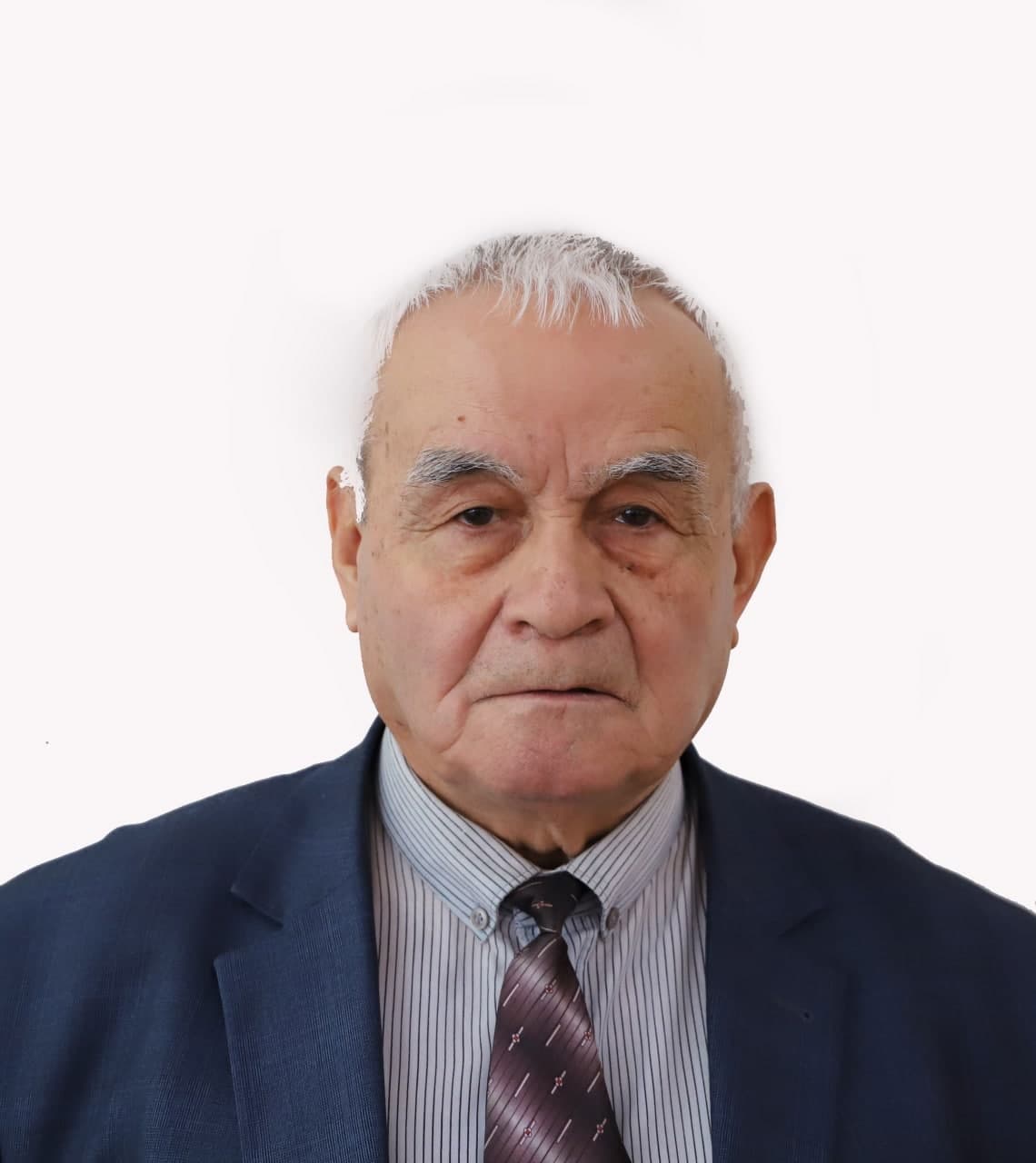Author: Inagamova, Zilola Rustamovna
Annotation: University of Oriental Studies takes steps to promote the modern teaching techniques and uses various ways to achieve them. One of them is creatinga Global Skills Learning Environment 21st Century Skills to Global Skills Towards the end of the 20th Century, it was perceived that the system of education would not be able to meet the needs of the 21st Century, because preparing students with the skills for a job for life was quickly becoming redundant. More and more people were having to reskill or up skill over time, so it was now more important to build resilience and adaptability into our societies. Various governments, academic entities, and corporate entities came together to try and predict what skill sets would be needed in the workplace of the 21st Century and therefore what should be taught in the education system to meet those needs. This is how the idea of 21st Century Skills began. It is not enough to try to predict the skills that students will need before they finish their schooling; rather, we need to enable them to become lifelong learners, way beyond school. A group of leading researchers and practitioners in education, brought together by Oxford University Press, has advised on the key issues that are required to shape language learning in the 21st Century. The Global Skills that they outline prepare learners for lifelong success, not only academically and professionally but also personally. Global Skills incorporate the 4 Cs of 21st Century skills, but also identify other key skills and competences. Global Skills are directly applicable to the language classroom and can be developed and learned by both students and teachers in the context of a language lesson.
Keywords: Global Skills, five skills-clusters:communication,collaboration,creativity and criticalthinking, intercultural competence citizenship,emotionalself-regulation and wellbeing,digital literacies.
Pages in journal: 99 - 102







